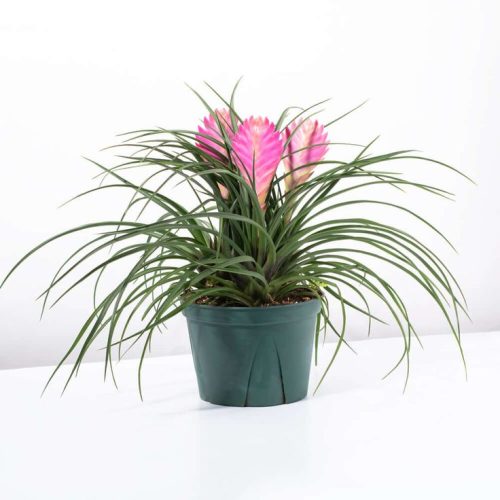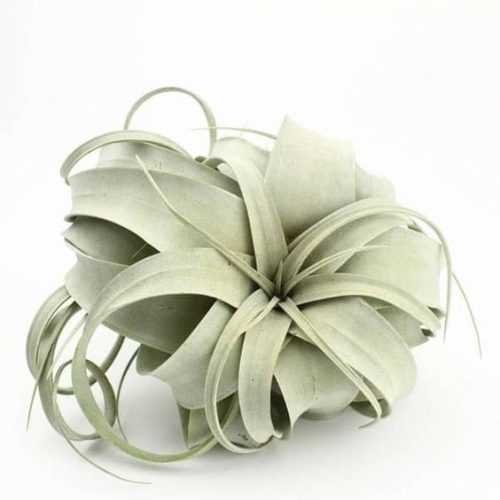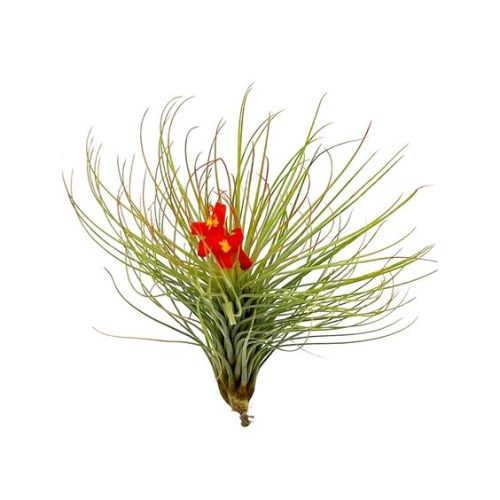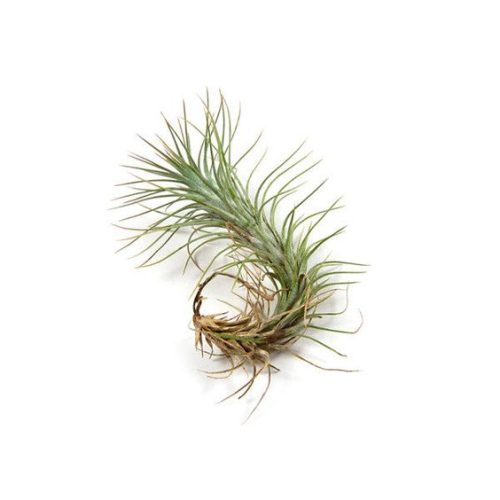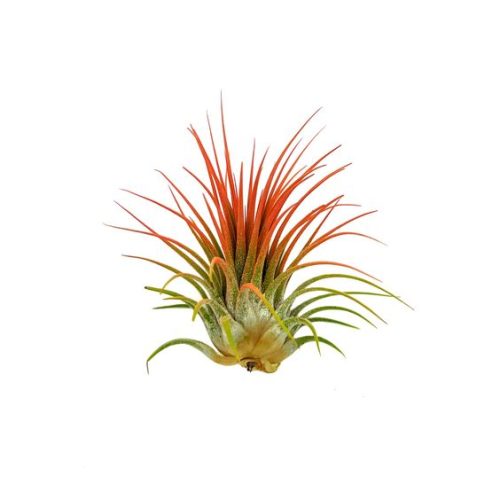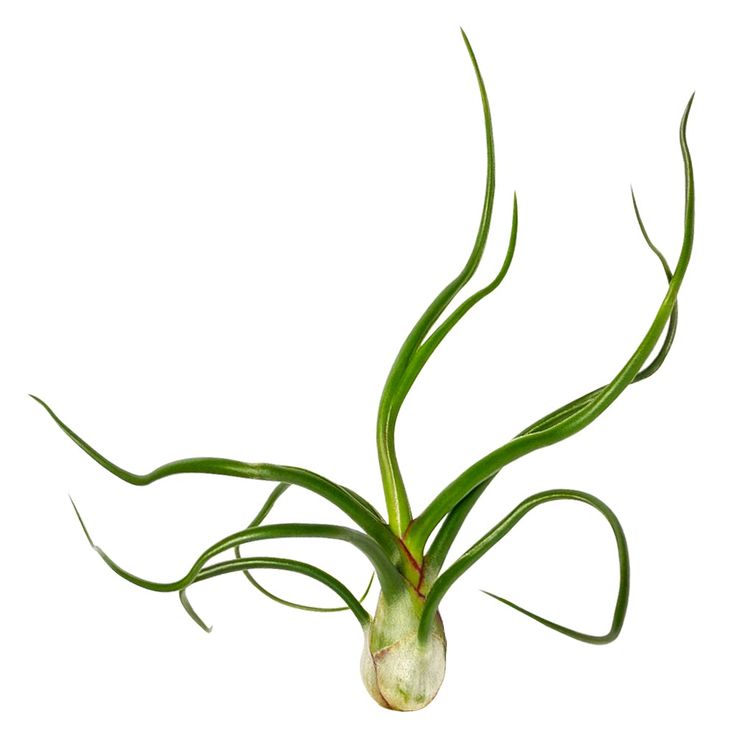Tillandsia Streptophylla
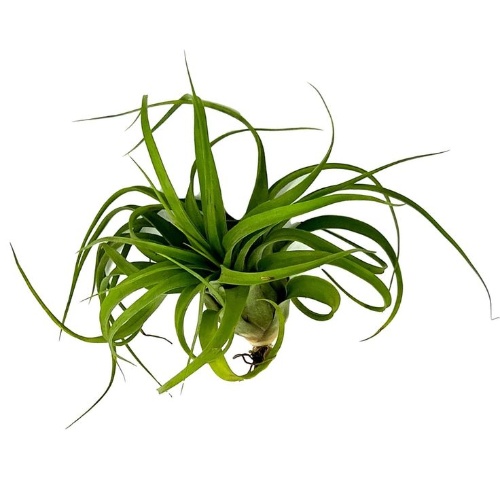
- Botanical Name: Tillandsia streptophylla Scheidw. ex E.Morren
- Family Name: Bromeliaceae
- Stems: 2-12 Inch
- Temperature: 10℃~30℃
- Others: Drought-tolerant, light-loving, adaptable.
Overview
Product Description
Majestic Marvel: The Tillandsia Streptophylla Phenomenon
Tillandsia streptophylla:Twisted Tales of the ‘Pasta’ Plant
Tillandsia streptophylla, also known as “Curly Air Plant,” is a unique type of air plant native to Central America, including Mexico, Guatemala, and Honduras. This plant is named after the Greek words for “twisted leaves,” and its leaves curl into tight rings under dry conditions, giving it a distinctive appearance. It is often referred to as “Shirley Temple” or “Pasta” plant.
Regarding the origin and distribution of Tillandsia streptophylla, it was first described in 1836. Its native habitats include the highlands of Veracruz in Mexico and Guatemala, growing at altitudes ranging from sea level to about 3000 feet. This plant is known for its strong adaptability and can survive in a variety of environments, from arid regions to humid forests.
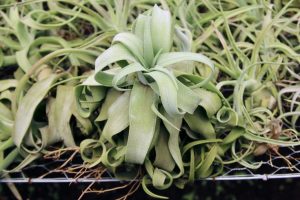
Tillandsia Streptophyll
The Enchanting Tillandsia Streptophylla: A Closer Look at Its Unique Morphological Charms
Curling Leaves: A Unique Feature
Tillandsia streptophylla, known for its distinctive morphological characteristics, is a captivating air plant. The leaves of this plant curl into tight rings when dry, setting it apart from other air plants. The leaf surface is covered with fine hairs, known as trichomes, which aid in the absorption of water and nutrients from the air. Additionally, the leaf color varies from a soft green to a deeper green under different environmental conditions, enhancing its ornamental value.
Showy Inflorescence
The inflorescence of Tillandsia streptophylla is equally eye-catching, featuring a pinkish primary bract with purple flowers, creating a striking color contrast that makes it particularly attractive when in bloom. Moreover, the plant has a swollen base, called a pseudobulb, which helps in water storage and is a key feature for its adaptation to various environmental conditions.
Adaptable and Intriguing
In summary, the morphological features of Tillandsia streptophylla make it popular among gardening enthusiasts and a unique and interesting choice among air plants. Its adaptability and distinctive appearance allow it to thrive in a range of environments, adjusting the curling of its leaves to suit dry or humid conditions.
The Versatile Charm of Tillandsia Streptophylla: A Drought-Defying Delight
Tillandsia streptophylla, with its unique form and adaptability, is an ideal choice for a variety of settings. This plant not only serves as an indoor decoration, adding a touch of natural beauty, but also thrives in the busy modern life due to its drought tolerance and low maintenance requirements. It is often used to embellish glass containers, hang in the air, or placed on shelves, bringing a refreshing green to homes or offices. Moreover, Tillandsia streptophylla is favored by gardening enthusiasts for its air-purifying capabilities, helping to remove harmful toxins from the air.
The general consensus on Tillandsia streptophylla is overwhelmingly positive. It is known for its drought resistance and adaptability to various environments, surviving for long periods without watering,仅需 occasional misting to increase humidity. This plant does not require soil and can directly absorb water and nutrients from the air, making care simple and convenient.
Additionally, the growth cycle of Tillandsia streptophylla is about 2 to 3 years, and with proper care, its lifespan can be extended. Its blooming period can last for several weeks, with pink inflorescences and purple tubular flowers that are not only aesthetically pleasing but also attract pollinators like hummingbirds, increasing the biodiversity of the garden. Therefore, from both practicality and ornamental perspectives, it is a highly regarded plant.





